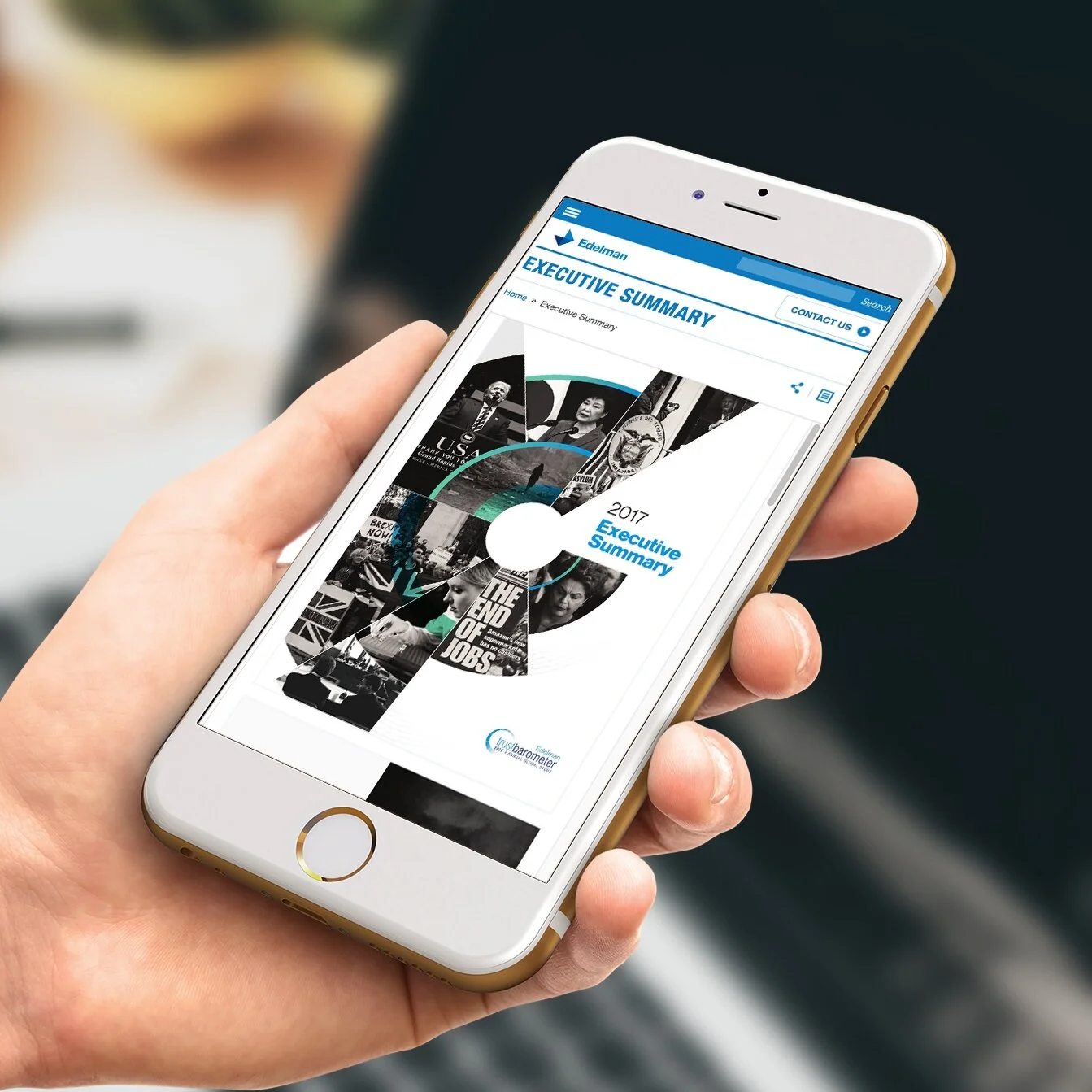It’s no secret that employees who buy into your company’s mission and vision will make you more successful.
In fact, Gallup says that the most engaged teams will have four times the odds of success compared with teams with low engagement.
So it’s surprising to learn that seven out of 10 employees are not engaged at work. And the cost is real:
Lower productivity
Poorer quality
More safety incidents
Higher absenteeism and turnover
Poorer customer satisfaction
Higher employee health care costs
Today’s Employees Are Overfed—Yet Starved
While several factors impact engagement, communication’s central role can’t be overlooked.
It’s not that employees lack communication—more information than ever is clamoring for their attention. It’s that they are often starved for the right kind of communication at work.
They hear a lot about problems to solve, regulations to meet, targets to reach, and customer concerns. But they hear too little about things that ignite their passion and help them connect their work to their purpose.
Think of communication as nourishment for the soul. Employees need a balanced diet that includes messages that inspire. They need to understand the “Why?” behind what they are asked to do. This includes:
Vision: What the destination is, and how you’ll get there
Mission: Why their work matters
Values: The principles that drive behavior
Strategy: How their work connects to a broader vision
Stories: How their work impacts customers and co-workers
Their role: What’s expected of them
Strategic, intentional communication with your inner circle can change the future of your company. It can help build employee support for your most pressing business goals, revitalize your culture, and spread to your customers in the form of better service and products.
Winning at Business Starts With Your Employees
It’s nearly impossible to win customers if you have not first won the hearts and minds of your own employees.
This is why internal communication is gaining more and more attention and resources. It can:
Connect employees to their purpose
Inspire them with a mission that brings meaning to their work
Give them a better understanding of how their work fits into the company’s strategy
Help them understand and support decisions that are made
Help them deal with change
Build a robust and healthy culture
10 Ways to Up Your Internal Communication Game
So how do leaders get their teams to embrace their vision? To share the same dreams? To move in sync with each other toward a common goal?
Make a strategic communication plan that identifies your key messages, how often and when they’ll be delivered, and the target audience for each. It doesn’t have to be complicated—just clear and executable.
Create a compelling picture of the destination before outlining how you’ll get there. Weave a story around the vision that invites others to step into it, inspires the mind, and ignites curiosity. Once employees know the destination, you can show them the plan to get there.
Make it personal. How will the vision impact employees? What exactly should they do differently? What is their role in success? Why is it important? Use specific examples and stories that draw them in.
Use language employees understand. Corporate-speak weighs down a message, so if you struggle with this, have an outsider review what you plan to say before you deliver it.
Use the media they’re using. While email is still the most used channel for internal communication, video is gaining ground as appetites for this medium soar. A mix of media is best, so don’t rule out in-person forums, print pieces, apps, and intranets. And, of course, all of your digital communication needs to be mobile-friendly.
Engage the senses. Visually rich messages inundate today’s employee—so a slow-moving, text-heavy presentation won’t be the most compelling way to deliver your important messages. Great visuals are now essential to get and keep your listeners’ attention. And, of course, the motion, music, and sound that video offers makes your message even more engaging.
Understand their world. Cognitive overload is real. Employees get too much information—but not enough inspiration. Connecting your ideas to their sense of purpose is the best way to inspire them.
Keep it short. Employees like their information in short, snackable, yet content-rich formats that they can ingest quickly.
Repeat your essential messages. Yes, over and over and over. By the time you’re weary of saying it, it will just be gaining traction.
Listen. Communication is a two-way street. Give employees more than one way to submit questions and ideas, then use that to drive content.
It’s Time to Resource Internal Communication
While 70% of senior leaders value internal communication, only 49% of companies have a written internal communication plan, according to Gatehouse’s State of the Sector 2016 survey on internal communication and employee engagement, which surveyed more than 300 organizations in 70 countries.
Even fewer—27% of those surveyed—have a dedicated budget. This will likely change with the growing concern leaders have about low employee engagement.
If You’re in Health Care, Know This
The unprecedented rate of change and uncertainty in health care leaves employees looking for clarity about what’s most important. Yet even in times of change, engagement is possible.
“Nearly eight in 10 employees are engaged when workers strongly agree there is open communication, opportunities to provide input, a clear connection between current changes and the company’s future, and management support for changes that affect their work group. When employees disagree, a mere 1% are engaged,” according to Gallup.
Gallup says that clear communication and a well-articulated mission and purpose that’s consistent with the culture are two of the strategies top-performing health care organizations handle better than their peers.
Need Help?
Wondering how to put together an internal communication plan, develop your essential message points, or craft a creative narrative that speaks to employees?












![17 Top Internal Communication Channels [Infographic]](https://images.squarespace-cdn.com/content/v1/520ae1d7e4b0734e32e175ff/1644349392378-0W244HZWPTH6YYLTJLAD/Internal%2BCommunication-2+comp.jpg)
















